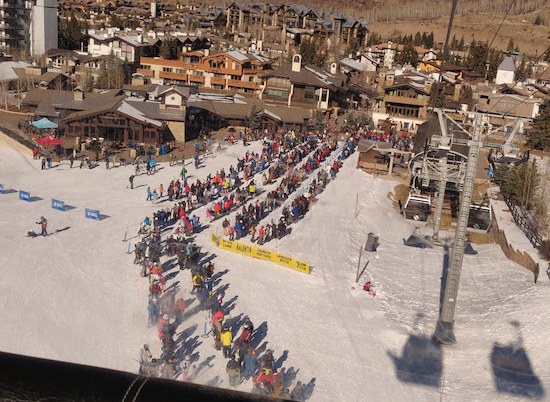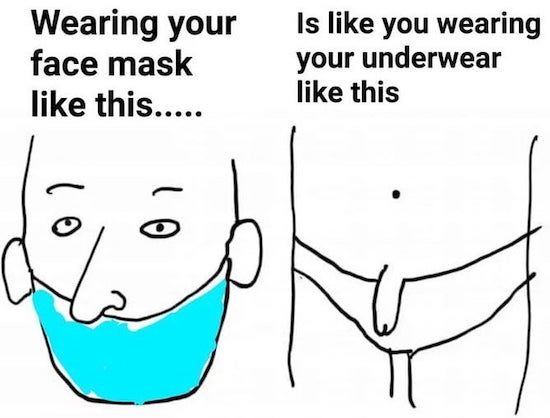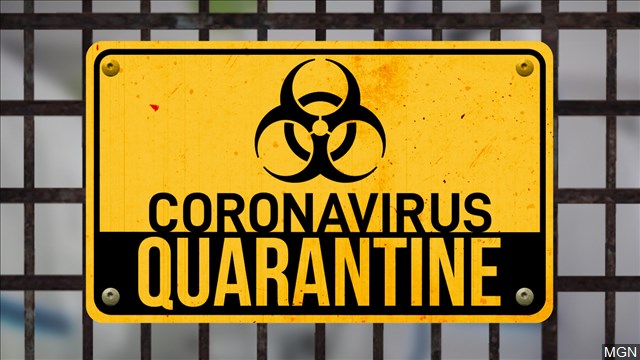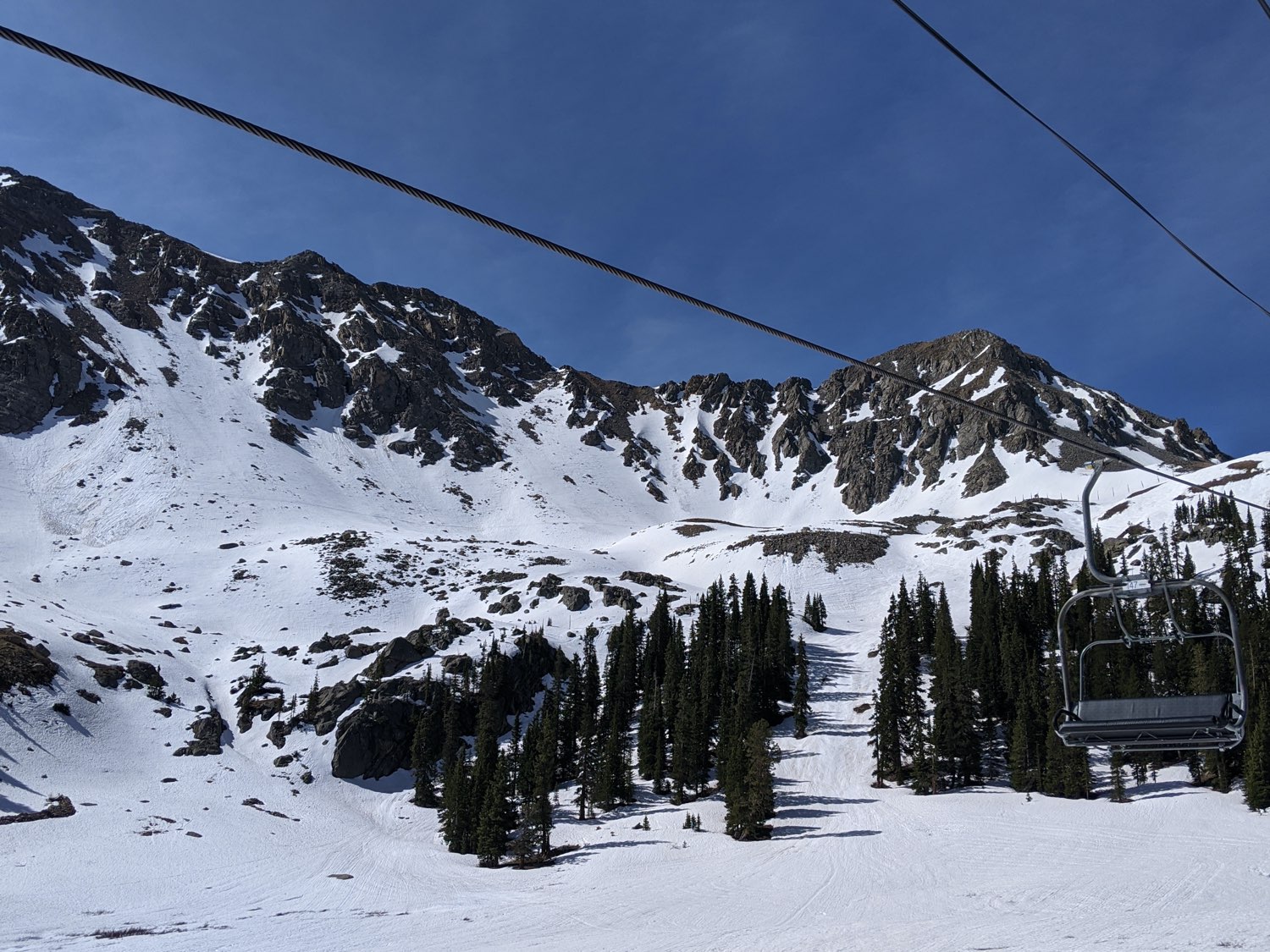So how’re we all doing? You okay out there?
You can understand my concern. After all, these are difficult times. This pandemic has been going on for about a million years, and the number of infections and deaths continue to soar across the US. As I write this (on Sunday, January 10), there’ve been more than 22 million confirmed cases and over 372,000 deaths. Not good by anyone’s standards.
I don’t think I can overstate the impact that COVID has had on today’s world, and skiing is no exception. We don’t have to think too hard to remember when skiing ground to a halt last year. And to say this season is unusual is putting it mildly.
The good news is that we are skiing. Ski resorts were actually able to open, and we’ve been able to get out and enjoy the sport we love best. But things are certainly different than they’ve been in the past, and this promises to continue in the months ahead.
So here’s a mid-season wrap up of where we stand right now.
Travel restrictions remain in place.
The biggest bugaboo this season has been getting to where you want to ski, primarily because of travel restrictions imposed by state and local governments. A few examples: Visitors traveling to Vermont must complete either a 14-day quarantine or a 7-day quarantine followed by a negative PCR test in their home state. Visitors who want to spend one or more nights in Pitkin County, Colorado, must have a negative COVID-19 test or quarantine upon arrival. And in California, Lake Tahoe is effectively closed to tourists and vacationers until further notice. Hotels and lodging providers cannot accept any reservations, either in-state or out-of-state, for any non-essential travel.
Do people comply? . . . Maybe. Here in Vermont, it’s an honor system, so it’s difficult to enforce. You can’t judge non-compliance by out-of-state license plates — and I’ve seen plenty of those — because some people are hunkered down for months in their second homes, working and schooling remotely. But there are loads of people who are not adhering to the state’s mandates, too. (“Pandemic? What pandemic. It doesn’t apply to me”). The ski industry is very important in Vermont, so I’d hate to see the infection rate get to the point where it has to shut down again. So please, behave responsibly so we can get through this as safely and as quickly as possible.
Planning ahead is essential.
Remember those days when you could wake up in the morning and impulsively decide to go skiing? Remember spontaneous powder days? Unfortunately, for many of us, these are only pleasant memories. For now, many resorts are only selling lift tickets on line and in advance. Many places also require reservations, either to park or ski. And if you make them and don’t show up, you could face consequences.
For example, at Killington (VT), which requires parking reservations, a first-time no-show will receive a warning email, a second-time will lose their next parking reservation, and a third-time (and beyond) will lose all remaining reservations currently booked.
Yes, reservations require a commitment. Planning ahead is difficult, and yes, things do come up. But the purpose of reservations is to limit resort capacity. Fewer people mean fewer chances for exposure to the virus. So if you’ve made a reservation and can’t make it, please be sure to cancel as far in advance as possible. It opens up the slot for someone else.
If you can’t handle reservations, you still have other options. Again, I’ll use Vermont as an example. Here, you don’t need reservations to ski at Sugarbush, Stratton, Bromley, Magic, or Bolton Valley, while you do to ski at Mount Snow, Okemo, Stowe, and Killington. So choose the one that best suits your lifestyle. You can do this.
Resort closures.
Given the extent of the virus, we can’t be too surprised if a resort shuts down. To me, it’s surprising that it isn’t happening with greater frequency. So far this season, only two resorts in the US have closed because of COVID-19 — and only for a short time. Hunter Mountain (NY) recently shut for a few days because a number of patrollers were exposed to the virus and had to quarantine. And Bluebird Backcountry, in Colorado, closed temporarily because someone who skied there tested positive.
If you don’t think it can happen, then take a look at what’s going on in other countries. In Canada, Ontario ski resorts are shut down until at least January 23rd. And after discovering a cluster in employee housing, Big White in BC canceled passes and lodging for anyone who doesn’t live within 150 km of the resort. In Europe, ski resorts in France and Germany have been closed and will remain closed until at least February. Italy’s resorts have also been closed, and are projected to open January 18.
Just think back to last March. It’s happened before in the US and it can happen again. So we need to stay diligent.
You can’t go into the lodge.
For some of us (translation: me), lodge closures have taken some getting used to. I’m a boot-up-in-the-lodge kind of person, so getting ready in my car has been a challenge (for some tips, go here). As part of this, many ski areas have also limited their dining options. Some require reservations to eat indoors, some are only offering grab-and-go items, and some are stationing food trucks on their grounds. There are creative options, too. For example, Sugarbush (VT) has erected a number of personal warming cabins at its base area. These are available for rent by the day; they fit up to eight people and come fully equipped with boot storage, dining table and benches, a cooler, and food delivery service.

Personal warming cabins at Sugarbush.
Getting to the top.
If you’ve noticed long lift lines this year, you’re not alone. Resorts are asking skiers to load with only the people they’ve arrived with. As a result, the six-pack that used to whisk you to the top is running with far fewer people than it did in the past. The result: lines are backing up and wait times are longer. And though people are supposed to spread out while they’re waiting, that isn’t always the case. The result is a situation that can look like a super-spreader event. Sure, it’s outdoors. And sure, we’re wearing masks. But seriously, folks: Be patient and leave extra room between you and the next person.

Vail, December 5
Masking up.
Mask compliance has been de rigeur at ski areas this year, though some people still seem to view it as mandatory.. Mount Hood Meadows has gone so far as to suspend season passes for skiers not complying with mask guidelines, saying “our season depends on you.” And more recently, Schweitzer Mountain (ID) decided to forgo Twilight Skiing over MLK Weekend because of mask issues. In a Facebook post, resort president and CEO Tom Chasse said, “Due to an overwhelming lack of compliance with our mask policies and social distancing in the rental shop, day lodge, and lift lines during twilight skiing, I have made the decision that we will not be offering twilight skiing over the MLK holiday weekend – Friday, Saturday, and Sunday Jan 15 – 17, 2021. I will not continue to tolerate the verbal abuse that has been directed towards our staff as they have attempted to enforce our safety requirements.”
It’s unfortunate that this has become such a difficult thing for some people to handle. Honestly, wearing a mask is a pretty minor inconvenience, if it helps keep people healthy and the mountain open. So please, just wear one. And be sure to cover both your nose and your mouth. One alone just isn’t enough.

So what’s going to happen now?
Good question. The good news is that there’s light at the end of the tunnel. Two vaccines are currently available, and eventually, they’ll make their way to each and every one of us. The bad news: it’s going to take some time. So whatever you’re seeing now is pretty much going to continue til the end of the season. Hopefully, next year will be better.
In the meantime, comply with resort rules, stay safe, and stay healthy.



